Supporting materials
Download
Download this article as a PDF

How ten years of science at the EIROforum member institutions has led to many new discoveries.
On 4 July 2012, the ATLAS and CMS experiments at CERN’s Large Hadron Collider announced they had each observed a new particle in the mass
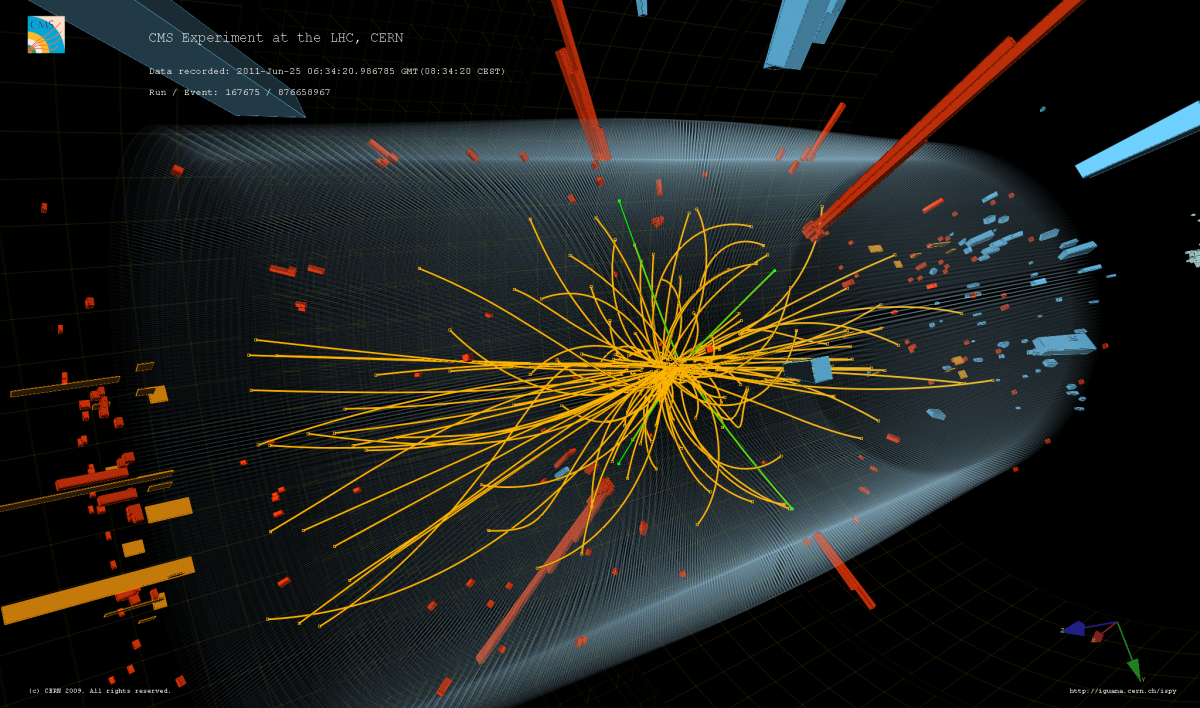
region around 126 GeV. This particle is consistent with the Higgs boson predicted by the standard model: the simplest manifestation of the Brout-Englert-Higgs mechanism. Other types of Higgs bosons are predicted by other theories that go beyond the standard model.
On 8 October 2013, the Nobel Prize in Physics was awarded jointly to François Englert and Peter Higgs “for the theoretical discovery of a mechanism that contributes to our understanding of the origin of mass of subatomic particles, and which recently was confirmed through the discovery of the predicted fundamental particle, by the ATLAS and CMS experiments at CERN’s Large Hadron Collider”.
Learn more about the Higgs boson and the Brout-Englert-Higgs mechanism on the CERN website.
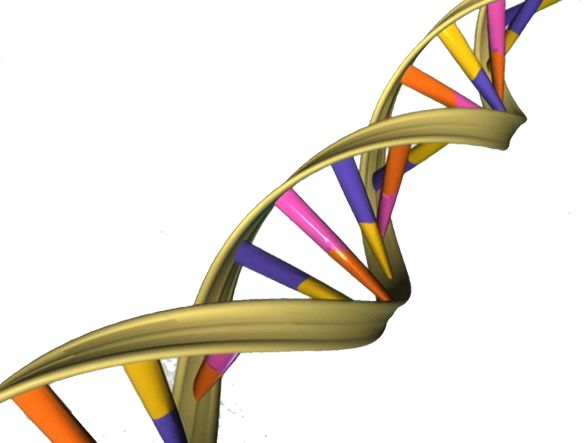
The 1000 Genomes Project, the most comprehensive fully open survey of human genetic variation ever performed, hit the headlines in 2015 when scientists announced the final set of results from the eight-year international research effort. As well as exceeding its aim – the team studied the DNA of more than 2500 people, instead of the 1000 originally envisaged – the project pushed technologies and knowledge forward to understand what is ‘normal’ human genetic variation.
Among other notable achievements, the project generated the most extensive catalogue of structural variations – changes in large sections of a person’s DNA sequence – to date. Created by researchers at the European Molecular Biology Laboratory (EMBL), the University of Washington and collaborators, this reference catalogue shows how these large-scale genetic alterations vary in populations across the globe, and will help guide future studies of genetics, evolution and disease. “When we analysed the genomes of 2500 people, we were surprised to see over 200 genes that are missing entirely in some people,” says Jan Korbel, who led the work at EMBL in Heidelberg, Germany. This, the scientists say, could help narrow down diagnostic efforts: if doctors find that a patient is missing one of these 200 genes, that absence is probably not what is causing the disease, so it would be advisable to look for other causes.
To learn more about the 1000 Genomes Project, see:
Download the Nature articles free of charge in the Additional material section, or subscribe to Nature today.
Taken by Rosetta’s Navcam, this image of comet 67P / Churyumov-Gerasimenko shows how it comprises two comets that collided at low speed in
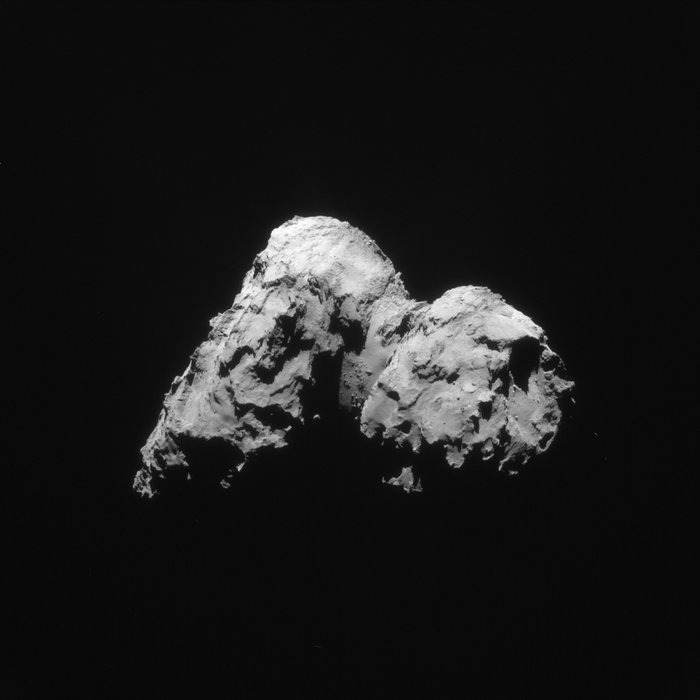
the early Solar System, giving rise to the comet’s distinctive ‘rubber duck’ shape.
The Rosetta mission has captured the public’s imagination over the past 10 years. The Rosetta spacecraft was launched in 2004 and arrived at comet 67P / Churyumov-Gerasimenko on 6 August 2014. After an initial survey and selection of a landing site, the Philae lander was delivered to the surface on 12 November.
The Rosetta mission is the first mission in history to rendezvous with a comet, escort it as it orbits the Sun, and deploy a lander to its surface. Rosetta is an ESA mission with contributions from its member states and NASA.
The ‘Once upon a time… Living with a comet’ video explains what Philae and Rosetta have learnt in the first year of studying comet 67P / Churyumov-Gerasimenko.
You can view more images of the comet on the ESA website and also find out more about the Rosetta project and watch the video itself.
See also: Roberti J (2015) Out of the darkness: tweeting from space. Science in School 32: 20-25.
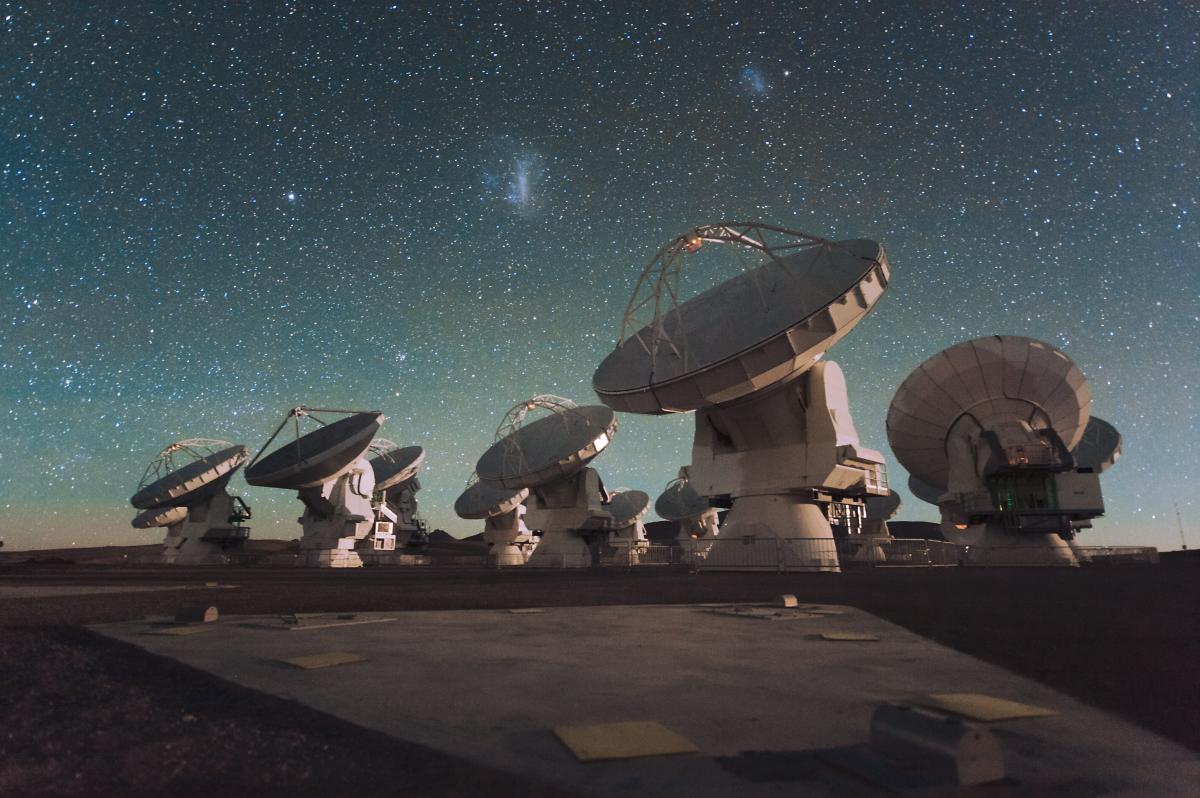
Observations with the telescopes of the European Southern Observatory (ESO) have led to many breakthroughs in astronomy. Just over 20 years ago, the detection of the first planet orbiting a Sun-like star was announced, and in the past 10 years we’ve found out more and more about planetary systems other than our own.
In 2010, scientists using ESO instruments and telescopes began to measure the spectra of planets orbiting distant stars. The spectrum of a planet is like a fingerprint providing key information about the chemical elements in the planet’s atmosphere. Spectral information can help us better understand how the planet was formed. More evidence for this also came from ALMA, the Atacama Large Millimeter/submillimeter Array, in 2014, which revealed remarkable details of the formation of a solar system. The images show how forming planets are possibly vacuuming up the dust and gas of the protoplanetary disc faster than was previously thought. And at the end of 2014, the green light was given to start the construction of the 39-metre European Extremely Large Telescope, which will be the world’s biggest eye on the sky when it is completed in the middle of the next decade.
You can read more of ESO’s highlights.

Among the highlights of the last ten years for the European Synchrotron Radiation Facility (ESRF) are two Nobel Prizes.
Two long-term ESRF users, Ada Yonath from the Weizmann Institute (Israel) and Venkatraman Ramakrishnan of the MRC Laboratory of Molecular Biology in Cambridge (UK), were awarded the 2009 Nobel Prize in Chemistry for the study of the structure and function of the ribosome, the protein factory in the cell. They shared the prize with Thomas Steitz, from Yale University (USA).
Brian Kobilka of Stanford University (USA) and Robert Lefkowitz of the Howard Hughes Medical Institute (USA) were awarded the 2012 Nobel Prize in Chemistry for groundbreaking discoveries that reveal the inner workings of an important family of G-protein–coupled receptors (GPCR). In 2006-2007, Kobilka and his colleagues solved a key GPCR structure at ESRF that is highlighted in the Nobel Prize announcement.
Thanks to the upgrade of ESRF that is currently underway, we hope that more of our users will be rewarded for their outstanding results.
Find out more about the work behind these and other Nobel Prizes.
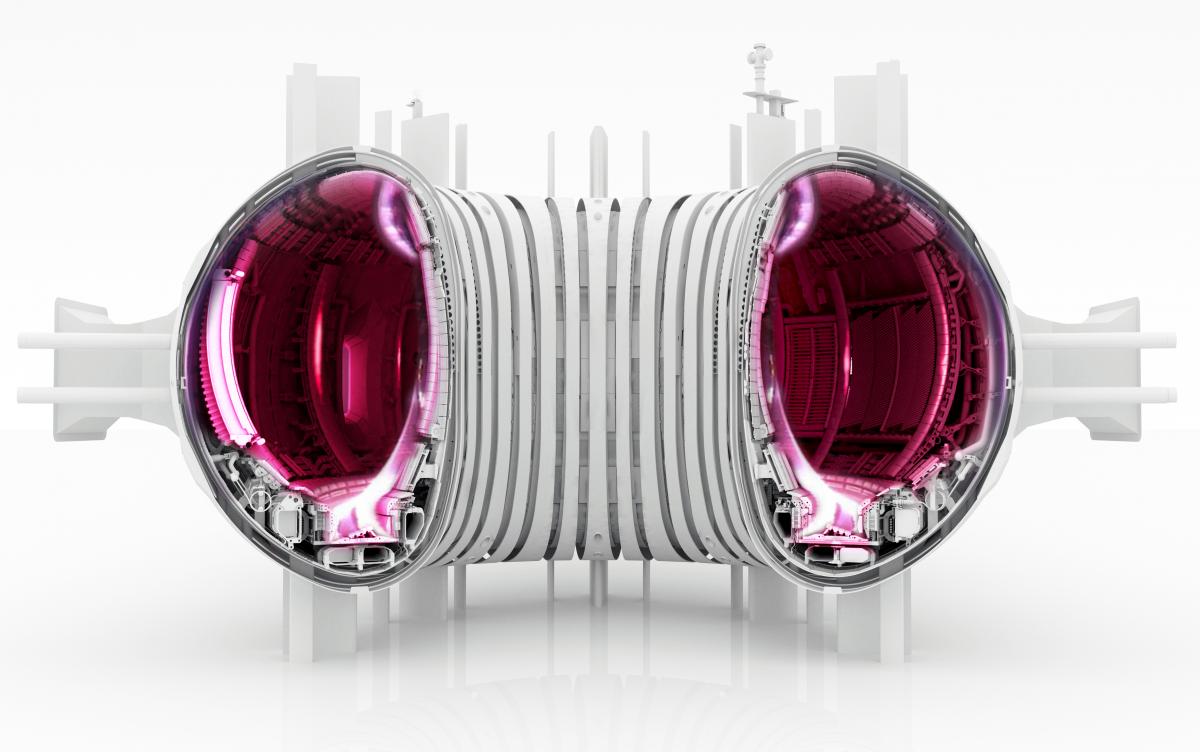
No place on Earth is as hot as the inside of a fusion device. The plasma, where fusion reactions occur, reaches 150 million degrees Celsius, which is higher than the Sun’s temperature! Very little plasma, around a few grams, is required as fuel in a working fusion reactor. Although the plasma is kept away from the inner plasma-facing walls of the fusion device by magnetic forces, the walls must be able to withstand temperatures in the range of around 1000 degree Celsius. “A crucial aspect of a fusion experiment is to find the right kind of materials to build the plasma-facing walls,” says Tony Donné, the EUROfusion programme manager.
Until 2011, EUROfusion’s flagship tokamak JET had inner walls made of carbon fibre composites. “Carbon fibre composites, though heat resistant, are not ideal materials for the wall,” says Donné. A disadvantage of carbon is that it forms dust when exposed to the hot plasma. Additionally it binds the ions comprising the fusion fuel: deuterium and tritium. Only a limited amount of the radioactive isotope tritium is allowed at one time in the fusion device. If too much tritium is bound by the dust, none is available for the fusion reactors and the machine needs to be stopped to remove the dust. Therefore, the decision was made to replace the carbon tiles with beryllium and tungsten tiles. “This heralded the fine-tuning of fusion experiments; beryllium is a very light metal and absorbs almost no tritium, nor does it impact the plasma operation,” he says. “Tungsten, which is used in the parts of the vessel where the chances of plasma touching the wall are high, has a melting point of 3422 degrees Celsius and has exceptional resistance to heat erosion. The use of this beryllium–tungsten combination for plasma-facing walls is one of the biggest achievements in the fusion world. It helped overcome challenges in material science, engineering and plasma physics, and it is the same configuration that is planned for use in the walls of future fusion devices such as ITER.”
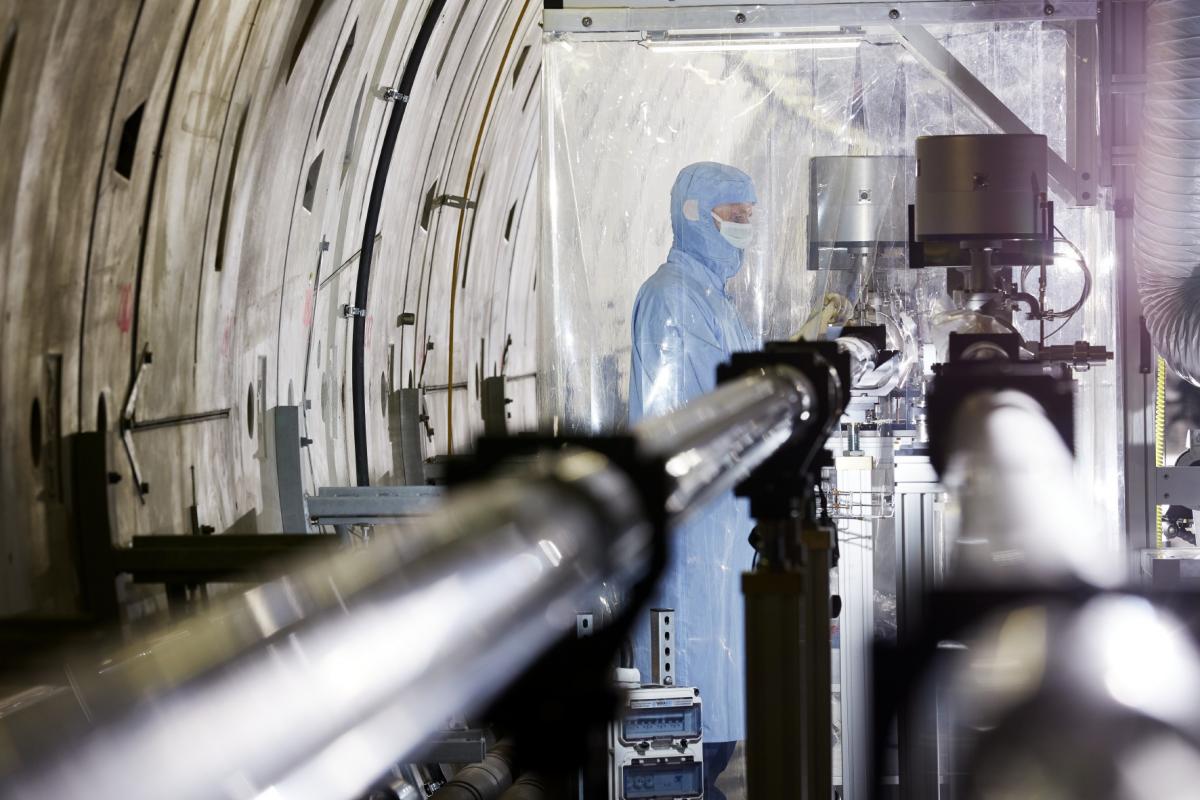
Construction of the European X-ray Free-Electron Laser (European XFEL) started in early 2009. European XFEL will generate ultrashort X-ray flashes
– 27 000 times per second and with a brilliance that is a billion times greater than that of the best conventional X-ray radiation sources. Starting in 2017, it will open up completely new research opportunities for scientists and industrial users.
To generate the X-ray flashes, bunches of electrons will first be accelerated to high energies and then directed through special arrangements of magnets. In the process, the particles will emit radiation that is increasingly amplified until an extremely short and intense X-ray flash is finally created.
Find out more about the construction of XFEL and look out for a longer article in the next issue of Science in School.

Have you ever imagined a world where properties exist independently of their objects? All of this is possible in the quantum world. The idea was predicted by theoretical physicist Sandu Popescu of the University of Bristol, UK, and his colleagues. They have posited that – on a quantum level in which one considers very small particles – a particle can be separated from one of its physical properties: much as Lewis Carroll’s Cheshire Cat becomes separated from its own grin.
An experiment performed at the Institut Laue-Langevin (ILL), using an experimental set-up known as an interferometer, provided the evidence. Scientists showed for the first time that a neutron’s magnetic moment could be measured independently of the neutron itself, thereby marking the first experimental observation of a new quantum paradox known as the Cheshire Cat.
The research into the quantum Cheshire Cat is said to have the potential for technology in which unwanted magnetic moments can be separated from their original object to another region where they do not disturb the high-precision measurements being taken of other properties.
For more information, see:
Download this article as a PDF